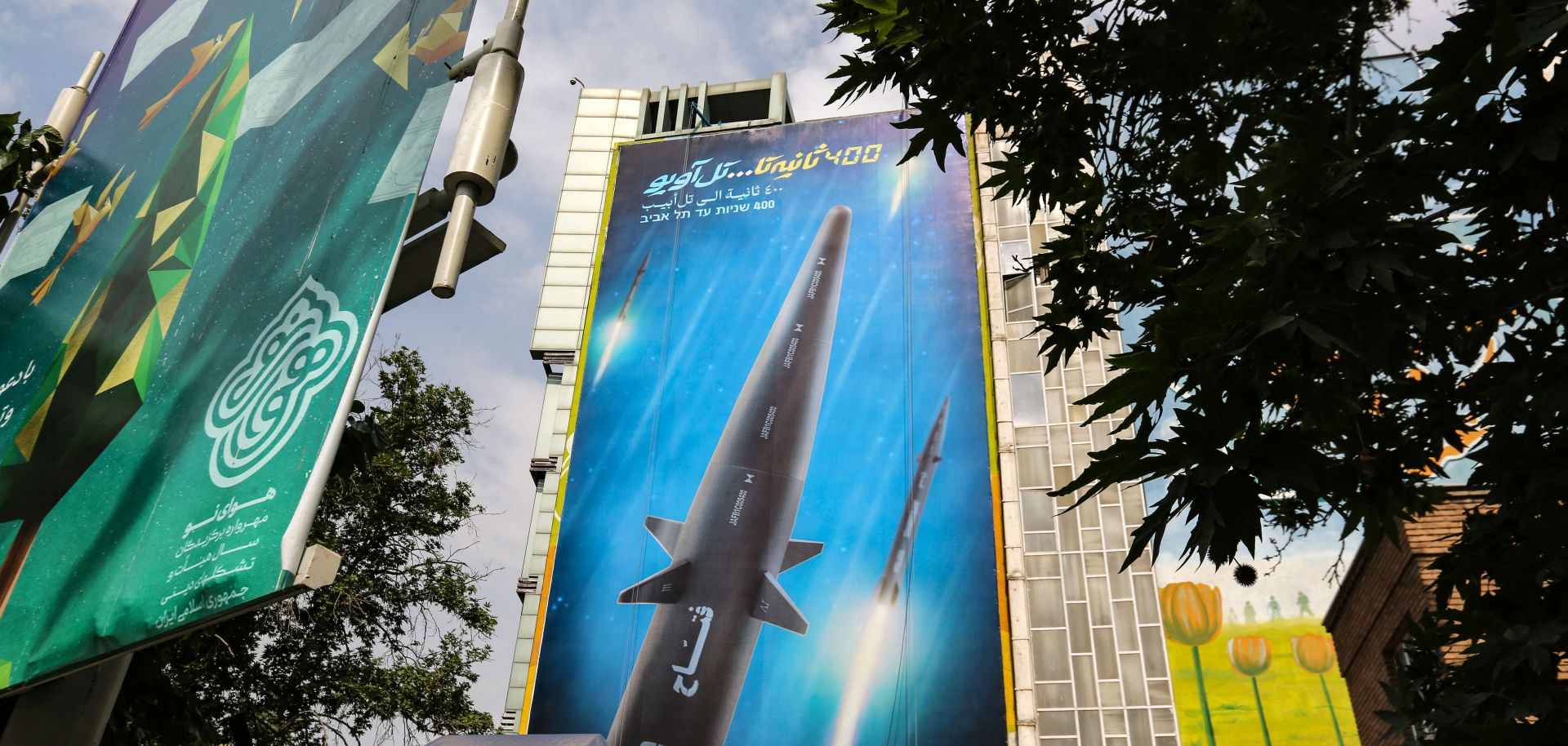The fourth generation of Iran's Khorramshahr missile is the latest version of its long-range ballistic missiles, and it boasts a range of up to 2,000 kilometers (about 1,243 miles). With this reach, the new Khorramshahr could strike Israel and multiple U.S. military bases throughout the region, and Iran will use this silent threat to deter direct Israeli and American attacks on Iranian soil. The Khorramshahr category is Iran's most powerful missile system, able to carry a 1,800 kilogram (3,968 pound) warhead and, with its latest version, able to store fuel for longer, making it easier for Iran to deploy the missile in times of sudden escalations. But while Iran's missiles are advanced, they face formidable regional air defenses and countermeasures, like Israel's new aerial defense system, David's Sling, and the U.S. Patriot missile, which has recently demonstrated its capabilities against similar Russian-made missiles in Ukraine. To overcome such defenses, Iran's typical pattern of missile use is to utilize barrages in case of escalation, as it did when it attacked U.S. forces in Iraq in 2020 in retaliation for the U.S. assassination of Gen. Qassem Soleimani. Should Iran use the Khorramshahr in a currently-improbable military escalation against an Israeli, U.S. or Gulf Arab target, it would likely be part of a similar barrage, with Iranian proxies in Lebanon, Syria, Iraq and Yemen also using short-range rockets, missiles, drones and cruise missiles to overwhelm their targets.




